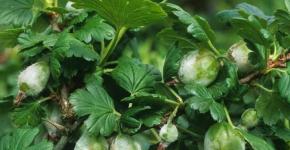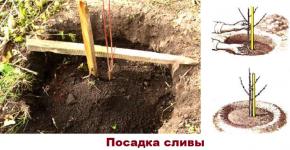Shiritsa thrown back: description and control measures
Among the many weeds, amaranth can be noted, which is quite common in our area. How she looks like? What do you need to get rid of weeds in your garden? Despite its medicinal properties, it has no place in the garden.
Description of the weed
Shiritsa, its other name is amaranth. Compared to uprooting other weeds, such as dandelions, quinoa, upturned amaranth is quite difficult to remove. This herb was brought to China, India, Europe from South America over a century ago. Under natural conditions, the grass was torn and eaten by the natives. The grass is also called "Inca bread" because its small seeds were ground and used as flour. In Spain, the flower was associated with evil spirits, so plants were not planted in this country.
In Asia, amaranth is put in salads, grass is used as a seasoning for meat. In Greece, olive oil, lemon juice are poured onto the grass and amaranth is put as a side dish for fish.
The note! Young amaranth leaves can be added to salads, they contain a lot of iron, ascorbic acid and carotene.
Infusions from the herb of amaranth are drunk with diarrhea, constipation, diseases of the stomach and intestines. For cooking, collect the grass, cut it finely. Pour 1-3 tbsp. spoons of herbs in a glass of boiling water, leave for 1 hour, then filter. The drink is divided into 3 parts, the infusion is drunk three times a day before meals.
In case of skin diseases, the prepared dried amaranth is finely chopped, 400 g of grass is poured into 2 liters of boiling water in a saucepan. Then boil for 15 minutes. Then leave for half an hour and pour into the bath. The bath is taken three times a week. The upturned amaranth grows only 1 year, the stems can be up to 1 m high. The amaranth, in the photo the plant has a straight stem, has a slight pubescence on it, and a long red rhizome in the form of a rod, extending to a depth of more than 2 m.
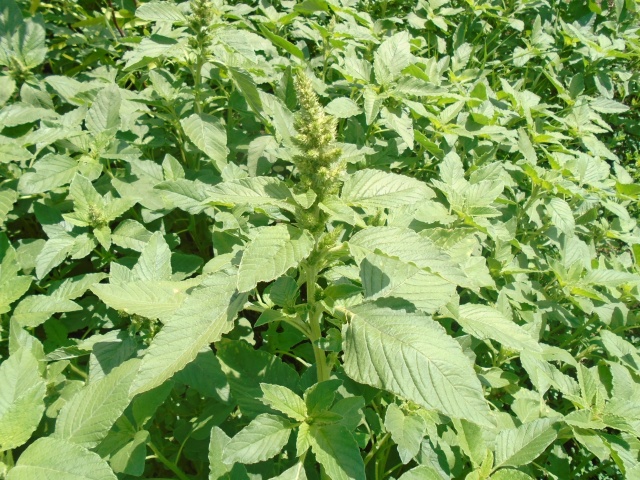
The weed amaranth perfectly tolerates drought, as the root can absorb moisture from great depths. As the photo shows, amaranth grass has large diamond-shaped leaves. In the photo, the amaranth has grayish-green leaves on the outside, and on the lower part they are reddish. The grass has petioles and veins with reddish stripes. She has black shiny seeds up to 1 mm in diameter, they germinate in early spring at a temperature of 5 degrees.
The note! The buds open from June to October. One plant can have both female and male red small flowers. They are collected in long inflorescences in the form of panicles.
Fruits are in the form of a box in the form of eggs. They are grayish green and contain black seeds. From 1 plant, up to 1.7 million seeds can be obtained. The number of seeds depends on the lighting, without sunlight, the plant produces much less seeds.
Control measures
With a favorable summer, up to 1 thousand stalks of amaranth grow per 1 m². Culture well withstands frost, drought. Grass grows on any land.
Shiritsa, how to get rid of a weed? Control measures can be:
- Mechanical.
- Chemical.
- Biological.
mechanical pull-out
This is the most commonly used method for removing grass. First, in autumn and spring, they dig deep into the ground, and then pull out the stems along with the rhizomes.
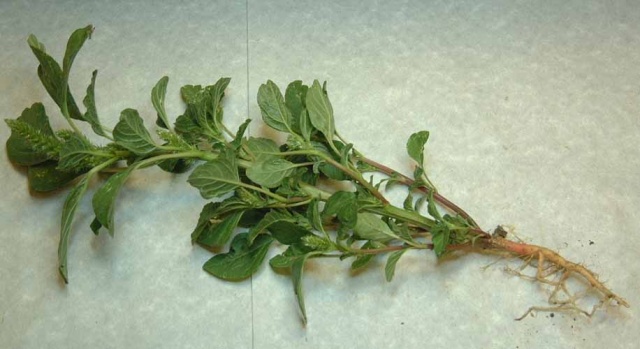
It is impossible for the grass to begin to bloom, so it is pulled out during the season as often as possible. You can dig the soil not with a shovel, but with a pitchfork, then you will remove the amaranth roots whole, do not cut them into small pieces, otherwise new shoots will sprout on those pieces of roots that remain in the ground. And you can use a cultivator, walk-behind tractor, tractor.
biological method
In order for the common amaranth to grow, it needs good lighting. Therefore, if it is dark for a long time, then it can destroy the shoots and roots.
To darken, you can put mulch, for example, cardboard, roofing material, boards, black film. If you mulch the space where the amaranth grew with a material that does not let the sun's rays through, then the seeds will not germinate. In addition, it will be quite hot under such material, so the amaranth sprouts will burn out. But this method will require a fair amount of patience, as the plants may not die in one growing season. Another disadvantage of this method is that if earth accumulates on the surface of the covering material, then amaranth seeds can get into it.
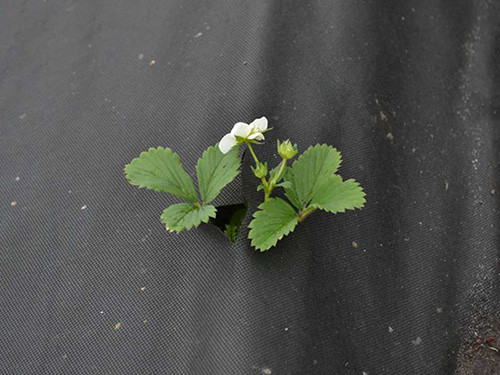
But the covering material should be chosen carefully, since under the dark film the soil will become very hot, and the roofing material can release harmful resins.
Note! Instead of these materials, you can use organic mulch, pouring it with a layer of 5-10 cm. This is the bark of trees, pine and spruce spruce branches, sawdust.
But you need to remember that fresh sawdust oxidizes the soil. And also they do not saturate the earth with nutrients, but draw them out. Therefore, sawdust is mixed with fertilizers or poured into a compost heap for 1-2 years, and only then used. During this time, bacteria appear on the sawdust, saturating them with useful substances.
It is highly recommended in the spring to mulch the beds with needles from pines or Christmas trees. If it is placed near strawberries, then it will protect the berries from gray rot, they will remain clean after showers. But the needles also oxidize the earth, so ash is poured onto the soil, which, on the contrary, reduces acidity.

If you decide to put the bark, then it should be crushed into pieces 1-5 cm in size. The bark is perfect as a mulching material under trees and shrubs.
Mulch Benefits:
- with it, the site becomes more beautiful, neat;
- it suppresses the growth of amaranth, its seeds do not spread over the site;
- the soil is protected from compaction, erosion and erosion by rainstorms;
- it protects the soil from excessive water loss and moisture evaporation;
- in winter, mulch retains heat in the ground, so plants planted in spring grow faster;
- berries and vegetables do not fall directly to the ground, so they do not rot;
- it protects the soil from the appearance of slugs, snails;
- organic mulch rots and then enriches the earth, it activates the activity of worms.
Depletion of amaranth
This can be done if you have a small area. Constantly cut the weed with the shiritsa upturned, that is, the stems that rise above the ground. Since in a culture the stems and roots are interdependent, if the stems die, the roots may also die. If you do this very often, then the amaranth will die.
Sowing green manure, herbs
This method is used near tree trunks and between bushes. Grass is sown in these spaces. You can sow the area near vegetable plantations with marigolds and marigolds, as they not only prevent amaranth from growing, but also repel pests from vegetable crops.
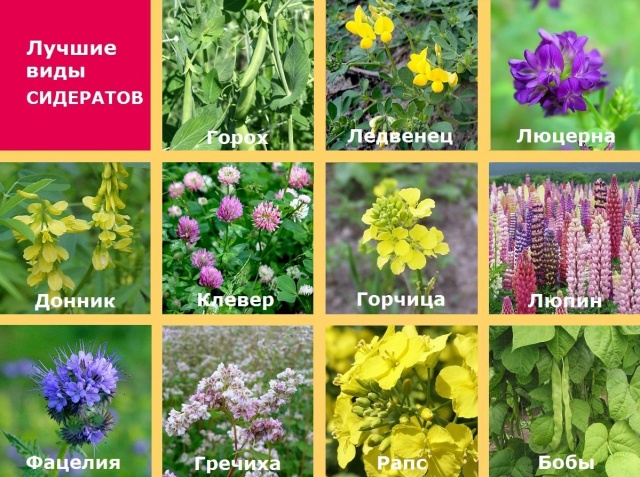
And on a flower bed it is better to sow a perennial aquilegia. You can sow green manure - rye, mustard. When the plants sprout, they are covered with a dark film and left until spring. Then the grass will perepreet under the film and serve as fertilizer, and besides, the amaranth will not be able to sprout.
Chemical method
Shiritsa weed, how to fight with chemistry? Herbicides can only be used on amaranth growing near fences, on paths in the garden, and also where there are no plantings.
Herbicides used:
- Tornado;
- Hurricane;
- Roundup;
- Glyphos;
- Lapis lazuli and others.

But when applying, remember that herbicides are toxic, poison from them accumulates in the ground and plants.
Prevention measures
Don't forget about preventive measures. When lining the mulch under the plants, do not use dry grass with seeds. Do not put fresh manure when fertilizing the soil, as amaranth seeds can sprout even after a cow's stomach, and fresh manure can be infested with helminths.
When you want to make a compost heap, do not put mature grass with seeds there, but put grass that has not yet begun to bloom. After collecting fruits, vegetables, sow free places with green manure. Cut small amaranth plants with flat cutters.

